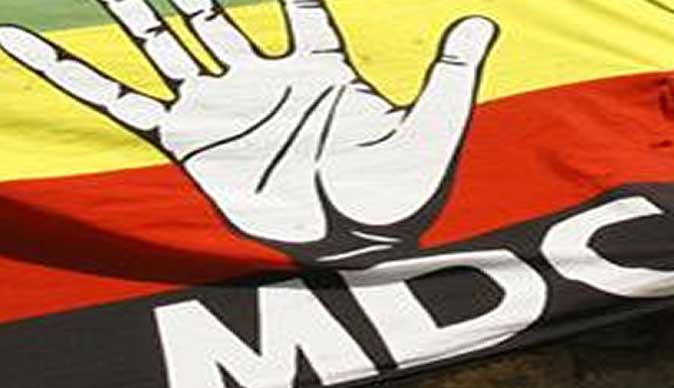
Since 2000, land reform and lately indigenisation and economic empowerment were among the top priorities of Zanu PF government. Unfortunately, other equally important sectors such as rural development and provision of decent housing for both rural and urban dwellers did not receive deserving attention.
This write up focuses on the MDC-T’s housing policy as contained their Agenda for Real Transformation (ART) document with the aim of unpacking what the party is offering to the electorate.
The housing policy is anchored on the undeniable fact that shelter is one of the main basic human necessities and they set out to treat the issue of housing as a priority sector. This recognition is a good starting point, as access to decent shelter will be treated as an entitlement on the part of the citizen while the government will be obliged to provide such services.
The MDC-T acknowledges that the situation on the ground is bad. This differs from deceitful overtures peddled by Zanu PF that all is well in country.
Unfortunately, the voters of this day can no longer afford to be duped and hoodwinked into thinking that things are well. For any programme or project to be successful, it is important that the problem be established clearly, before any intervention is implemented. The causes of the problem also needs to be identified with clarity. On page 93 of the ART under item 4, the MDCT policy clearly states what happened since 1980 that led to the current housing problem in the country.
The MDC-T noted that Zimbabwe has about 700 000 housing units against a demand of two million units, meaning that there is a cumulative backlog of 1,3 million housing units. This backlog is leading to overcrowding and the establishment of informal settlements. Opening up the problem in this way shows that the MDC-T government will be prepared to tackle the real issues confronting the nation.
The MDC-T housing policy has a broader vision to the concept of shelter. For instance, inadequate maintenance of housing units, general settlement amenities and offsite public utilities is identified as another dimension of housing challenge. For Zanu PF, provision of such services is not an issue, what is only important to them is giving land to the people. This is why in Harare there are multiple shanty settlements.
Ironically, these areas without electricity, clean water and other basic services are deemed Zanu PF strongholds. The MDC-T housing policy reiterates that, the provision of housing should be accompanied by the supply of other basic facilities such as safe drinking water, good sanitation and accessible roads, schools and hospital.
- Chamisa under fire over US$120K donation
- Mavhunga puts DeMbare into Chibuku quarterfinals
- Pension funds bet on Cabora Bassa oilfields
- Councils defy govt fire tender directive
Keep Reading
A classic example is the Hopley area where thousands of small pieces of land were given to the poor urbanites on the pretext that they support Zanu PF.
The MDC-T also accepts that the housing problem is not a problem for urban dwellers alone as the rural people are equally affected. In rural areas the MDC-T notes that the problem manifests itself in the poor quality of housing, built using sub-standard and non-durable materials and often lack adequate lighting and ventilation as well as lacking in basic services such as safe water supplies and other basic sanitary facilities.
In short, the MDC-T offers quite an all-inclusive housing policy that seeks to uplift both urban and rural settlements through a collaborative effort by various stakeholders. The only challenge that might derail the process is the issue of corruption and nepotism. Therefore, there is need to deal decisively with corruption and maladministration otherwise the policies will remain good on paper without leading to tangible realities.











